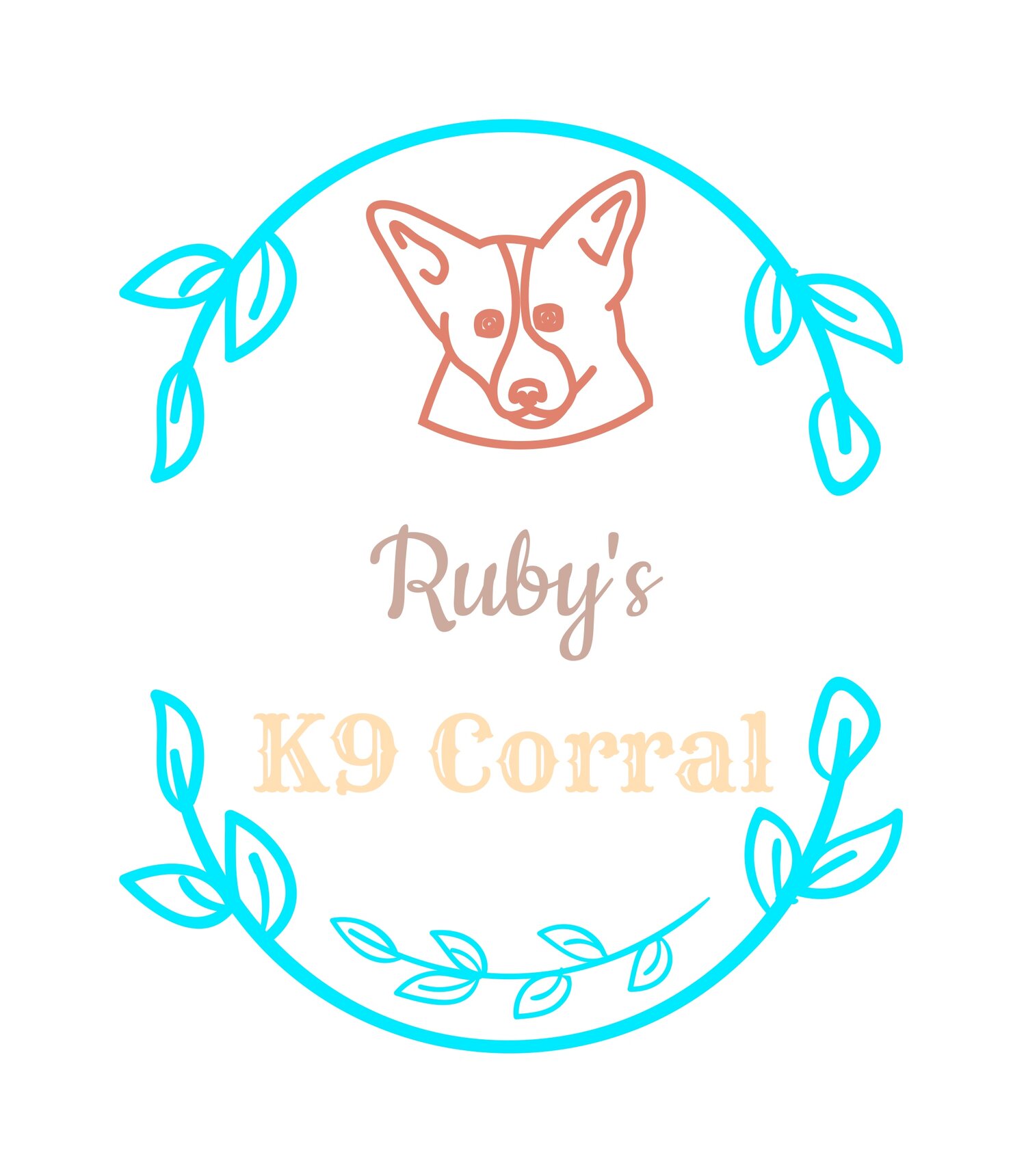Understanding Basic Body Language in Dogs: A Guide from Ruby's K9 Corral
Hello, fellow dog lovers!
Dogs are incredible communicators, but they don’t use words like we do. Instead, they rely on body language to express their feelings, desires, and needs. Understanding these signals can help strengthen your bond with your furry friend and ensure their wellbeing. At Ruby's K9 Corral, we're dedicated to helping you better understand your pets, so let’s dive into the basics of dog body language.
1. Tail Talks
The tail can tell you a lot about a dog’s emotional state:
- Wagging Tail: While a wagging tail often signifies happiness, it can also indicate excitement, anxiety, or even aggression. Context is key.
- High, Stiff Tail: This can be a sign of alertness or agitation. The dog may be feeling confident or trying to show dominance.
- Tucked Tail: A tail tucked between the legs indicates fear, stress, or submission.
2. Ear Expressions
A dog’s ears are quite expressive:
- Ears Forward: This usually means the dog is attentive and interested in something.
- Ears Back: Depending on the context, this can indicate fear, anxiety, or submission. It can also signal that the dog is feeling friendly and non-threatening.
- One Ear Up, One Down: This often shows curiosity or confusion.
3. Eyes and Gaze
Just like humans, dogs can communicate a lot through their eyes:
- Soft Eyes and Relaxed Gaze: Sign of a happy, relaxed dog.
- Hard Stare: This can be a precursor to aggression; a dog might use this as a warning.
- Whale Eye (showing the whites of their eyes): Often a sign of stress or discomfort.
4. Mouth and Lips
A dog’s mouth can reveal a lot about their current mood:
- Relaxed, Open Mouth**: Indicates the dog is happy or relaxed.
- Lips Pulled Back, Showing Teeth**: This can be a sign of aggression or fear (a submissive grin can look similar but is usually accompanied by a relaxed body).
- Yawning: While dogs do yawn when they’re tired, frequent yawning can also indicate stress.
5. Body Posture
Overall body posture is a key indicator of a dog’s emotional state:
- Loose, Wagging Body**: A sign of a relaxed and happy dog.
- Stiff, Upright Posture**: Suggests the dog is alert, confident, or displaying dominance.
- Cowering**: Indicates fear or submission.
6. Play Bows
A play bow (front legs stretched out, rear end in the air) is a clear signal that a dog wants to play. This is an invitation for fun and games and is usually accompanied by a happy, relaxed demeanor.
7. Raised Hackles
When the hair along a dog's back stands up, it’s called raised hackles. This can indicate arousal, which could be due to excitement, stress, or fear. Context and additional body language cues are vital for understanding the exact emotion.
By paying attention to these body language signals, you can better understand what your dog is feeling and respond appropriately. At Ruby's K9 Corral, we believe that a well-informed pet parent is key to a happy, healthy dog. Next time you’re with your furry friend, observe their body language and see what they might be trying to tell you.
If you have any questions or need support in understanding your dog better, don’t hesitate to reach out to us. We’re here to help you and your canine companion live your best lives together!
Stay pawsitive,
The Team at Ruby's K9 Corral
